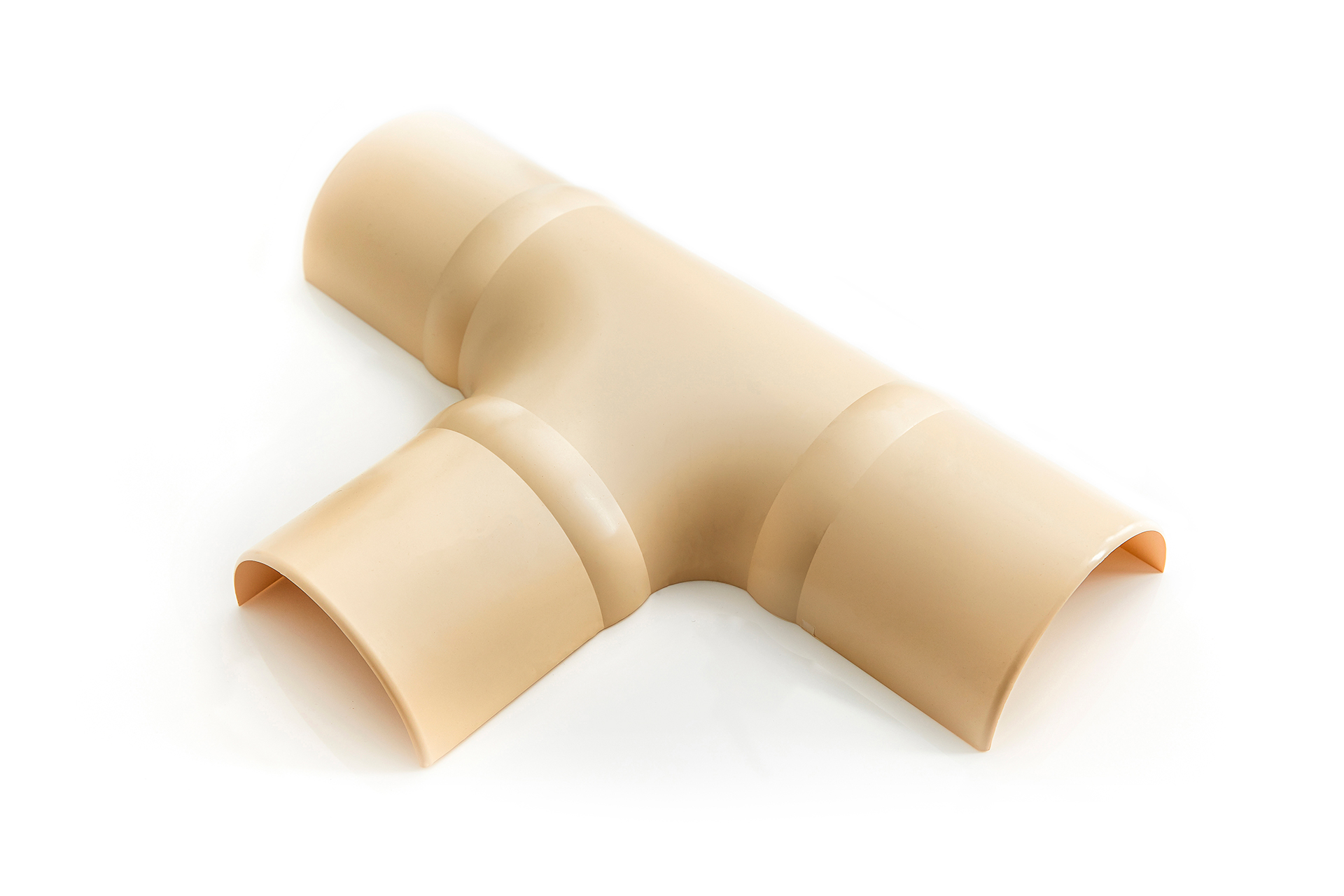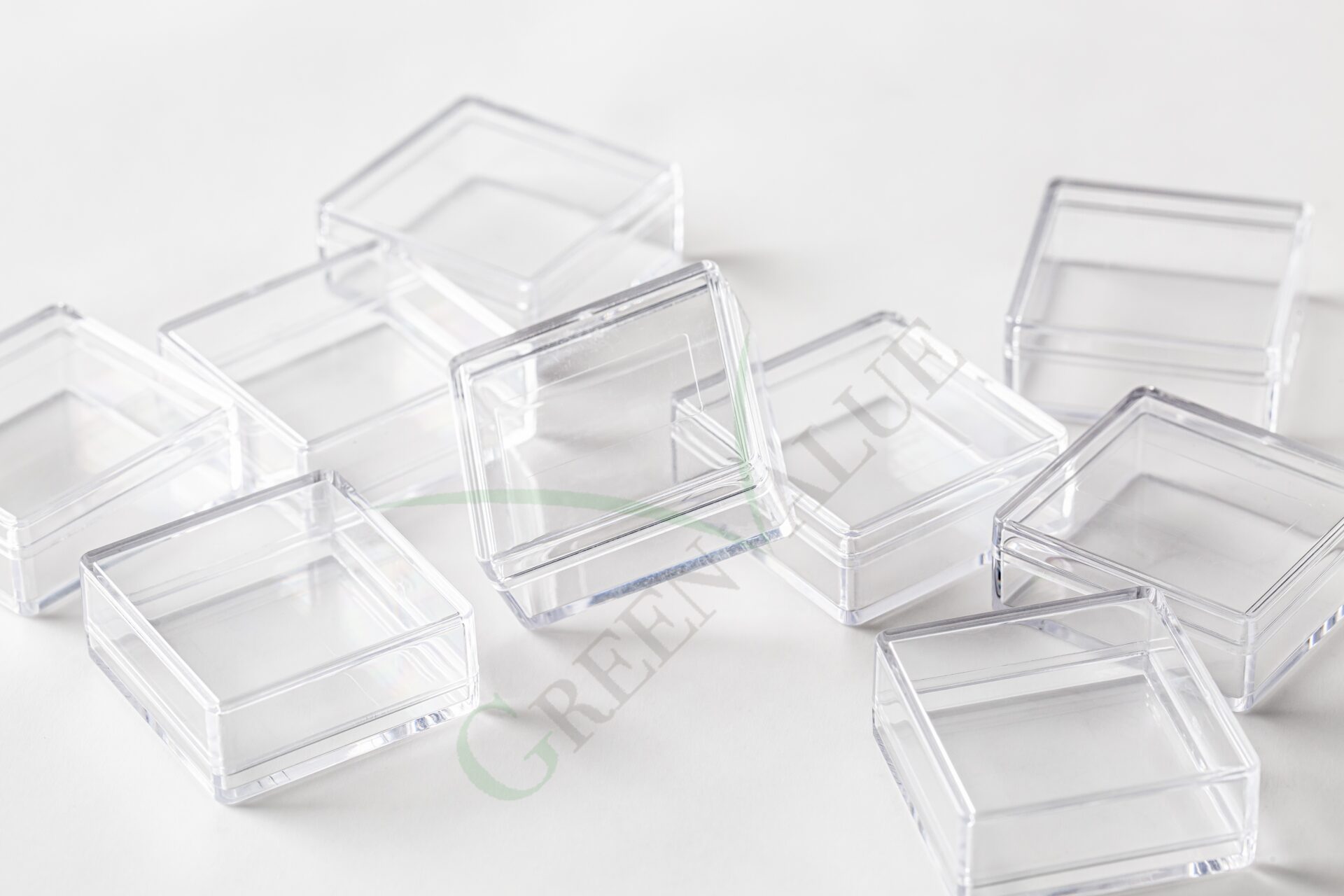
Impact strength is an essential measurement of whether a product will break when it is dropped to the ground or when an external force strikes it. Therefore, it is often used when selecting plastic materials. In general, depending on the operating environment, there are different shock resistance requirements for room temperature and low temperature. Generally speaking, there are rigid polymers under room temperature in engineering plastics, and PET, PS as well as normal grade PP are also rigid polymers with poor impact resistance. To improve the impact resistance, manufacturers often use three ways to overcome it:
- Copolymer modification: It is modified during the synthesis of plastic polymers. For example, during the polymerization of PP and PS, alkane monomer with long carbon chains are introduced and reacted with the original propene to achieve impact resistance (HIPS). Long carbon chains or materials with ether bonds are soft molecular structures that can be bonded to the main chains of polymer, effectively lowering the Tg temperature of plastic polymers. This will increase the impact resistance at room temperature or low temperature but will sacrifice the plastic’s tensile strength and modulus. Generally speaking, this kind of modification is normally started by plastic synthesis companies, such as Formosa Plastics Group, Chimei, and TSMC, etc. Therefore, synthetic modification cannot be customized unless there is a specification in high demand. Only in this case, raw material manufacturers will be willing to invest in technology development.
- Polymer Blending: Adding impact modifier to plastic polymers to the insufficient impact resistance and dispersing them with a twin-screw extruder. Usually, choose rubber or thermoplastic elastomer as the type of impact modifier. When an external force impacts a plastic product, it is a process of energy transfer, so polymers that can absorb the energy are essential. It’s like when we fall; if we fall on a soft mat, we are less likely to get hurt. Due to the various polarity of plastic materials, we are more like to use different impact modifiers. The most common ones on the market are elastomers like POE, SEBS, MBS, EPDM. Or maleic anhydride grafting on PP, POE, SEBS, and EPDM will increase compatibility with polar polymers. In this case, compounders can produce in small quantities according to customer needs, so many suppliers in Taiwan and abroad do so. Each manufacturer has its unique formula. Useful formulas can be added in smaller amounts to achieve a predetermined impact strength without much loss of tensile strength. Of course, the total cost is also a concern.
- Adding glass fibers to increase impact strength. Glass fibers are usually coated with silanes surface coating to increase the bonding force between the glass fiber surface and plastic polymers. If the bonding force is not good, the two interfaces will separate when pulled by external forces and lose their reinforcement. Take nylon 6 as an example, with 15% glass fiber; the impact strength will be 6~7kg-cm/cm; with 33% glass fiber, the impact strength will be 12~13kg-cm/cm; with 45% glass fiber, the impact strength will be 14~15kg-cm/cm. When the proportion of glass fiber added reaches a certain percentage, the increased impact resistance will gradually decrease.
Finally, there are many units to show impact strength, including J/m, kg-cm/cm, lb-ft/in, and so on. In general, most Taiwanese operators use kg-cm/cm, while most US operators use lb-ft/in.
💡Know more about various Green Plastic Solutions :Recycled Plastic Manufacturing
💡Know more about Recycled Plastic Products :Recycled Plastic Products in Our Daily Life
Ask for a quote: HIPS, Impact Modifier, Glass Fiber, Customized Compounding


